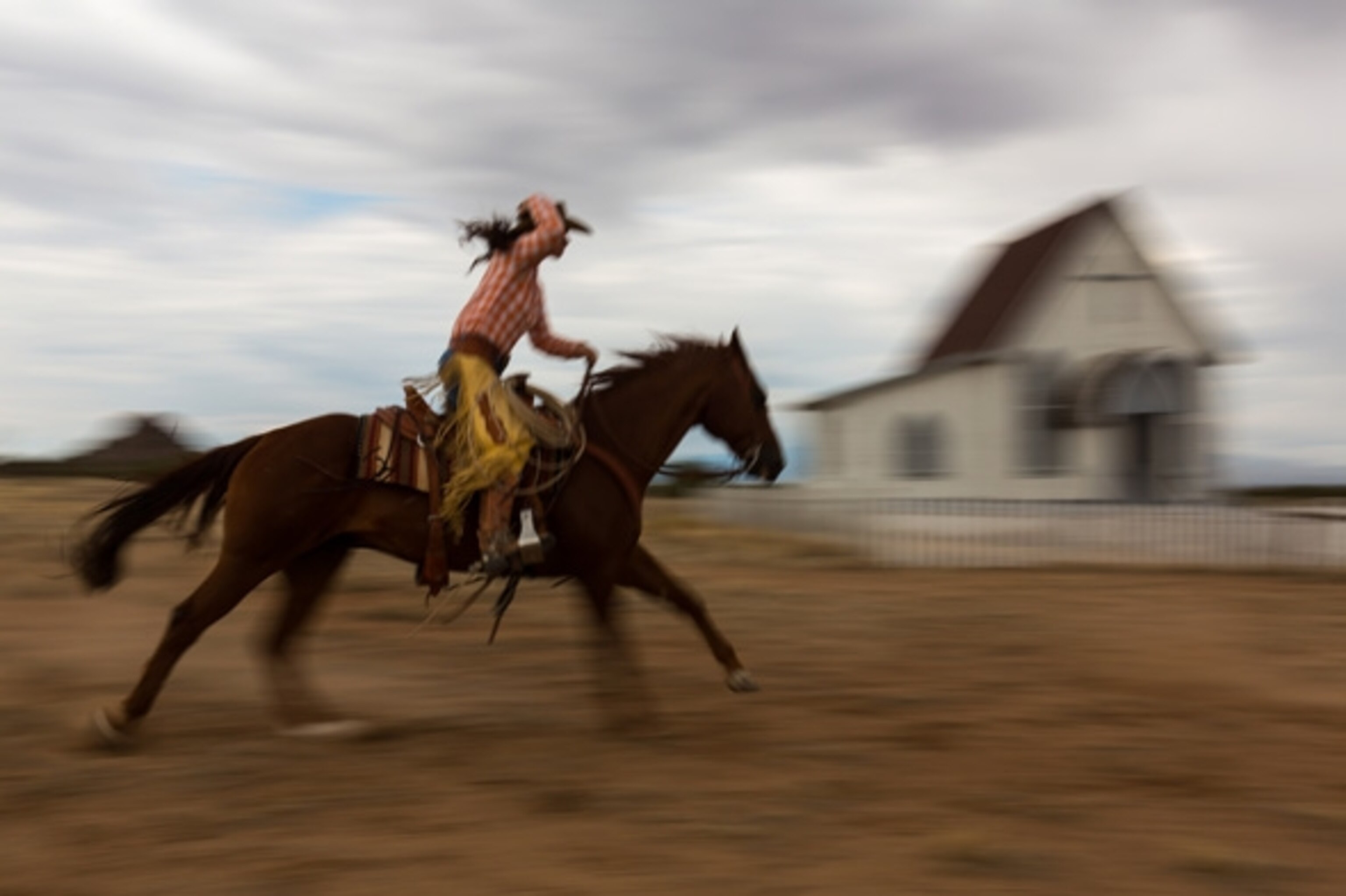
Photo Tips From Santa Fe
I just returned from one of National Geographic’s photo workshops in Santa Fe, and wanted to share a few tips I think could help all photographers, amateur and professional alike.
Spending a week with longtime National Geographic photographer, Joe McNally, who led the workshop, was a dream. Joe is known for his exceptional eye for color and light, and his ability to pull off any assignment — which he says makes him the go-to guy when our editors have a particularly hairy scenario in mind. Learning photo skills from him would be like taking acting lessons from Al Pacino. When you’re in the presence of greatness, some of it has to rub off, right?
The workshop group ate, slept, and breathed photography during our time in the New Mexico desert, honing our skills while a true pro critiqued our work. One day, we went out to a classic film set used mainly for westerns called Eaves Movie Ranch, worked with a few model cowboys and cowgirls, and snapped up a storm.
Here are a few things I picked up that will help you step up your game when you’re out shooting:
Tell a Story With Your Photos

When you look at the image to the right, what story comes to mind? Maybe the sheriff caught these two cowpokes causing trouble near the saloon and is advising them to get on out of town? Where your mind will take you will depend on your imagination, but the point here is that there is obviously something going on here — and the act of making sense of what that might be serves to pique the viewer’s interest. Bottom line: Your images have to speak for themselves because you won’t be around to explain why they’re interesting.
Address All Aspects of the Frame

Images have foregrounds, subjects, and backgrounds, and good photographers take all three elements into account. The biggest mistake you can make is to stand at a medium distance away from your subject and snap away at eye level. Get down on the ground, get up on a chair, move in real close, back far, far away to show scale. I shot a bunch of close ups of this cowboy against the door, but this image — where the bottle and cards are present in the foreground — is my favorite. Having something interesting in the foreground while making sure to keep critical focus on the subject makes for interesting photos. Besides helping to tell the story of the image, this technique also prevents dead space from creeping into the image. Exceptional photographs require a willingness to go to extremes.

- National Geographic Expeditions
Develop an Eye for Details
When you go out to shoot, it’s a great exercise to think about creating a photo essay out of what you will be shooting. In that photo essay, you will want to show everything — from the overall scene (establishing shots) to the most minute of details (extreme close ups) and everything in between. You might think that photographing spurs or monster belt buckles would be weird, but these kinds of details provide insight into what it’s like to be a cowboy. Be sure to spend some quality time working on nothing but capturing the most telling details — the stuff that helps move your story along.
Jonathan Irish is a professional photographer and a program director at National Geographic Adventures. Follow his story on Twitter @MagnumJI and on his website, jonathanirish.com.
